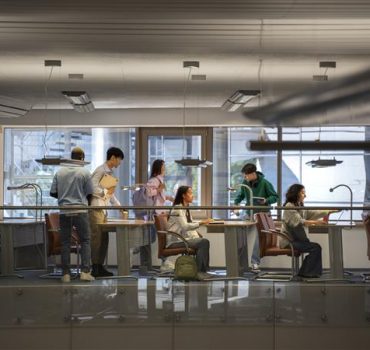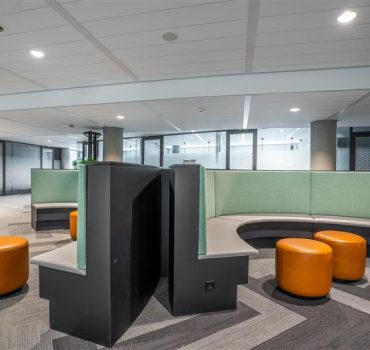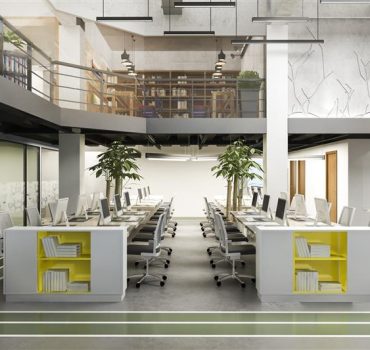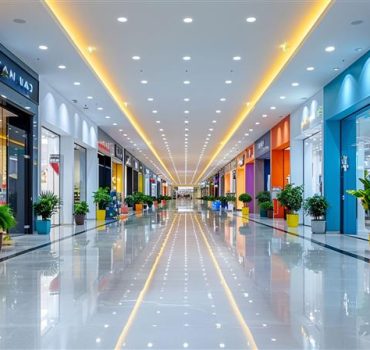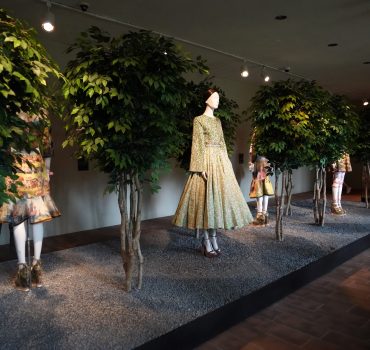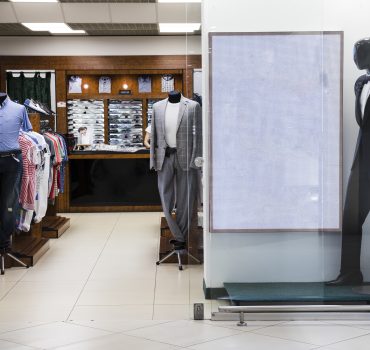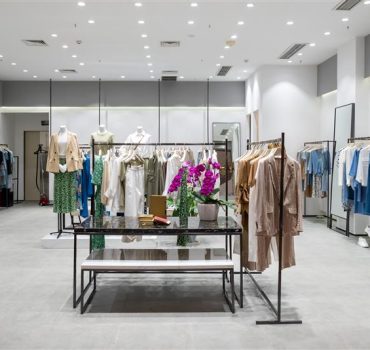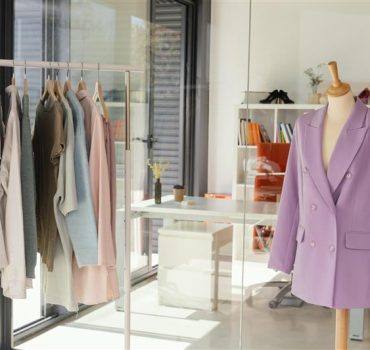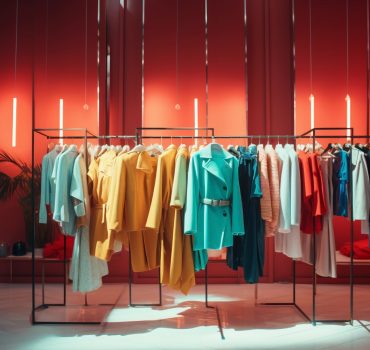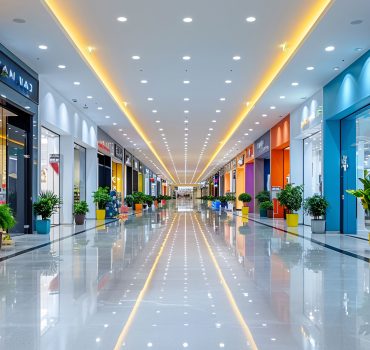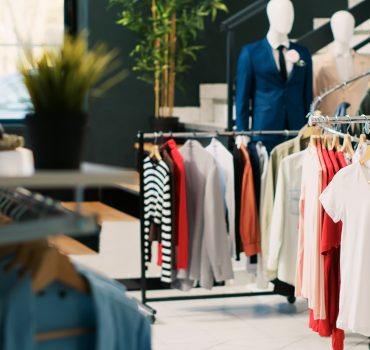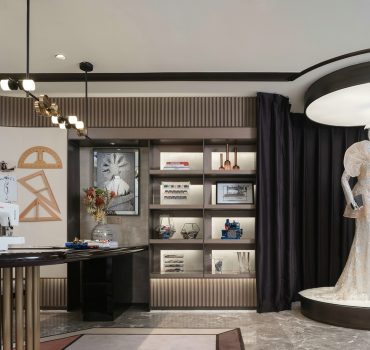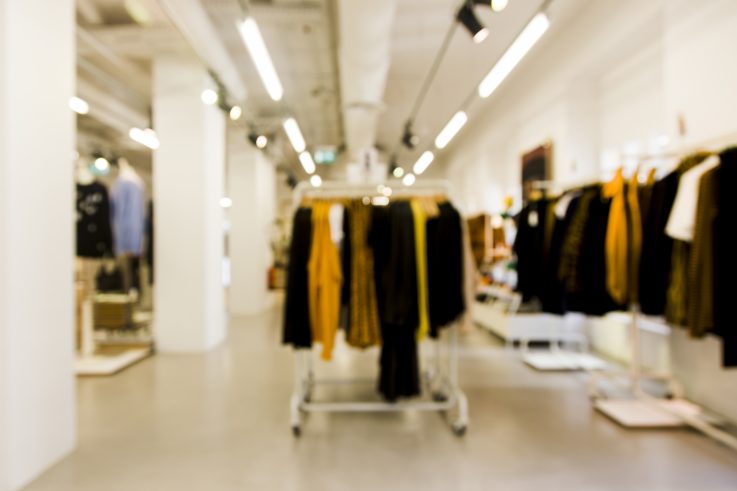
Synopsis
Creating an engaging retail space is no longer just about shelving and signage—it’s about designing an immersive experience that compels customers to enter, browse, and buy. This blog explores how retail store interior design and boutique interior design play a crucial role in influencing buyer behaviour. From apparel shop interior design that showcases fashion collections with flair to storefront interior design that sparks curiosity, visual storytelling is key. Whether it’s a high-end boutique or a compact retail shop interior, the focus remains on blending aesthetics with functionality. We discuss how top retail interior designers use colour, lighting, textures, and space zoning to build consumer connections. With competition rising across both offline and online markets, having the best home decor stores or clothes shop interiors isn’t just desirable—it’s a necessity. Read on to discover design tips that elevate customer experience, boost dwell time, and enhance conversions in your store.
Table of Contents
ToggleWhy Retail Store Interior Design Impacts Sales
Retail interiors influence how long customers stay and how much they buy. Retail store interior design uses psychology, spatial flow, and visual cues to increase engagement. The right design converts footfall into sales through atmosphere and intuitive layout.
Boutique Interior Design – Telling a Story
Every boutique should narrate its own tale. From materials to mood lighting, boutique interior design lets brand identity shine through. Intimate settings and artistic displays encourage personal connection with products, essential for lifestyle and luxury stores.
Apparel Shop Interior Design – Function Meets Fashion
In apparel shop interior design, display efficiency meets elegance. Clever shelving, adaptive lighting, and mirror placements showcase clothes attractively. Zoning helps customers navigate between collections without confusion or clutter.
Creating a Memorable Storefront Experience
Storefront interior design is the first impression. It must invite curiosity and reflect your offerings. Strategic lighting, glass facades, and thematic entry zones enhance visibility and footfall, helping convert passers-by into customers.
Clothes Shop Interior Tips for Modern Buyers
Modern clothes shop interiors are Instagrammable and minimalist. Natural textures, flexible displays, and soft lighting create ambience. Add interactive zones or curated styling corners to inspire fashion discovery and encourage try-ons.
Designing Interiors for the Best Home Decor Stores
The best home decor stores use spatial storytelling to highlight products. Layered textures, vignettes, and lighting direct customer attention and inspire ideas for home styling. Every section acts as a stage for curated collections.
How Design5 Enhances Retail Brand Expression
Design5 translates brand ethos into immersive retail environments. Our team combines visual merchandising principles with spatial design to create spaces that feel intuitive, welcoming, and aspirational—whether it’s a boutique or large-format store.
The Design5 Edge in Retail Interior Transformation
Design5 specialises in retail store interior design that’s tailored to your audience and product type. From boutique styling to lifestyle brand concepts, we ensure your retail experience is memorable, maximising both footfall and conversion rates.
FAQs
How does retail store interior design impact customer behaviour?
Retail design affects movement, mood, and buying patterns. Well-designed stores encourage longer visits, easier navigation, and increased interaction with products. Strategic layouts and lighting help highlight bestsellers and guide customers through a seamless shopping journey.
What are the essentials of boutique interior design?
Boutique interiors should be brand-centric, visually appealing, and intimate. Key elements include focused lighting, curated displays, cosy seating, and storytelling visuals. The aim is to create an emotional experience that encourages customer loyalty.
How can apparel shop interiors boost merchandise visibility?
Display techniques such as spotlighting, mannequins, and hanging systems can highlight collections. Using thematic sections, mirrors, and fitting rooms with flattering lighting enhances product visibility and customer engagement.
What should be considered in storefront interior design?
Storefront design must attract attention instantly. Incorporate transparent visuals, compelling displays, and brand elements. Lighting should enhance visibility at all times. Entryways must be welcoming and intuitive for first-time visitors.
What makes a clothes shop interior design effective for modern consumers?
Today’s consumers seek style and experience. Design must offer both clarity and discovery. Incorporating technology, styling zones, and an aspirational atmosphere makes the space engaging. Materials and colour palettes should reflect current fashion aesthetics.
Recent Post
- Office Interior Design & Commercial Interiors: Building Spaces That Boost Business
- Office Interior Design & Commercial Interior Solutions: Creating Spaces That Boost Productivity and Image
- Office Interior Design & Corporate Interiors: Crafting Productive Workspaces with Style
- Retail Store Interior Design & Shop Layouts: Creating Immersive Shopping Experiences
- Corporate Interior Design & Office Layouts: Transforming Business Spaces into Brand Experiences

